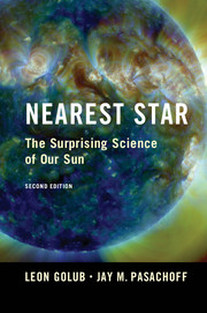
Leon Goulb and Jay M. Pasachoff an astrophysicist and astronomer answer many fascinating questions about the origin, activity and purpose of the sun. Written in a style that presents all the scientific information you need with pictures, charts, graphs and data, but still understandable enough for someone without a strong scientific background to understand. In Nearest Star we learn what the sun is made of and how it came to be. Most amazing is how the Earth is at just the right place in our solar system to reap the most benefits of our sun. Also, how long the sun will be able to support life on Earth as we know it, a comforting yet terrifying fact.
Other interesting things explored are the phenomenon of the northern lights and insights into global warming.
A perceptive read for anyone interested in the science of the sun or wanting to know more about how our solar system works.
This book was received for free in return for an honest review.
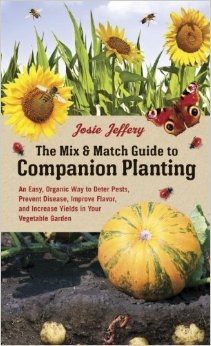
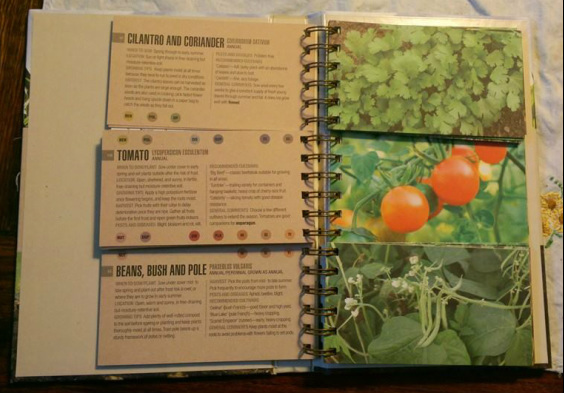
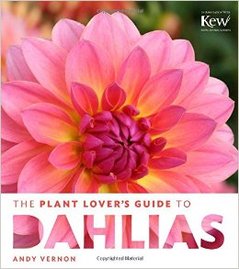
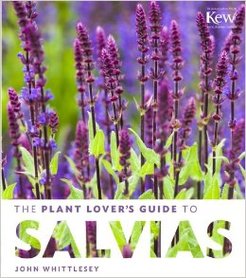
 RSS Feed
RSS Feed
